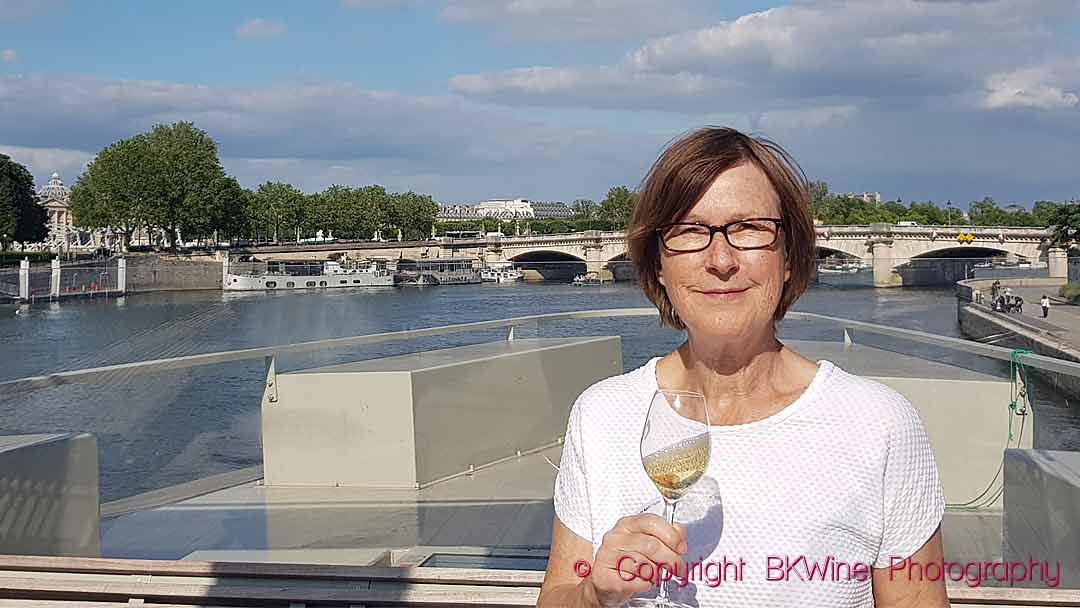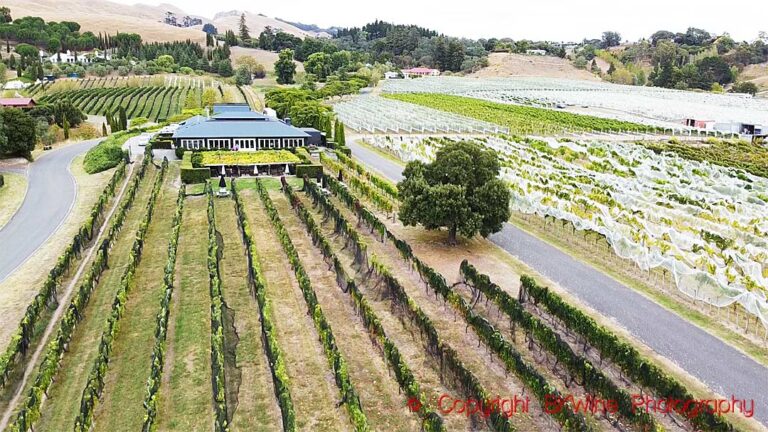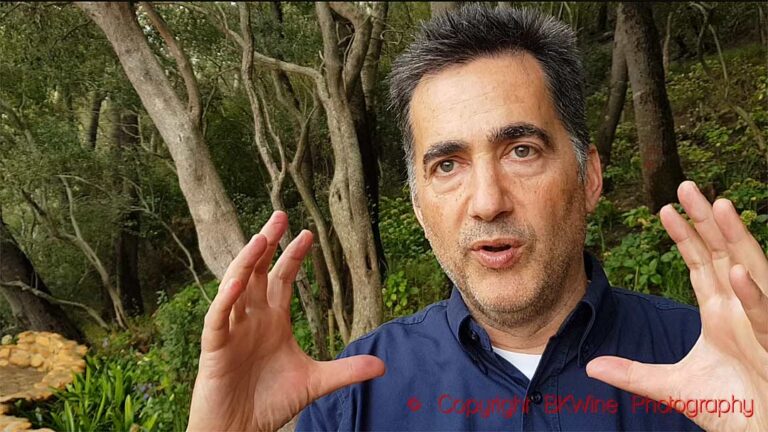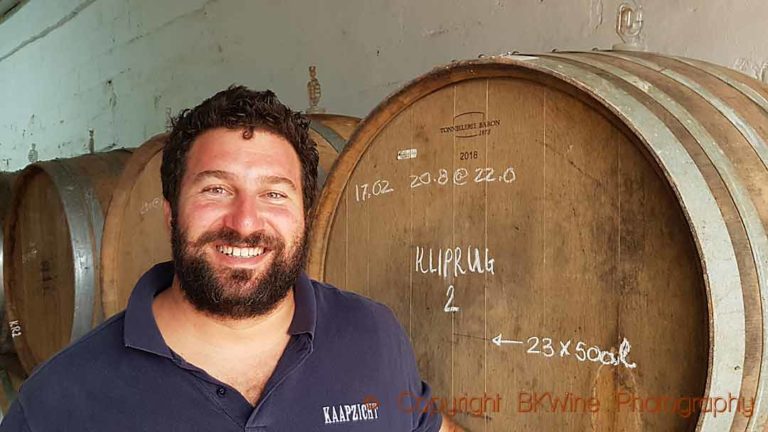Chassenay d’Arce is a small cooperative based in the heart of the Côte des Bar region. A group of growers founded it in 1956. We recently tasted their champagnes together with winemaker Brice Bécard and CEO Manuel Henon. We liked the wines very much. They have character and personality and an excellent price level compared to more famous houses up in Reims and Epernay. In Champagne, it definitely pays to look outside the trodden paths.
The Côte des Bar is Champagne’s southernmost district, 140 kilometres from Epernay and not far from Burgundy. The total vineyard area is 8,000 hectares. The Côte des Bar is in the department of Aube, and people use both names alternately when they talk about the region. The big champagne houses have many grape suppliers here; after all, Cote des Bar has almost a quarter of the entire champagne surface.
This is a longer version of an article published on Forbes.com.
You feel it in the atmosphere that we are a bit further south; the villages remind you a bit of Burgundy. The landscape is varied and pleasant. The vineyards are on well-exposed slopes. Pinot noir is the most dominant grape with over 80% of the surface. Half of all pinot noir in Champagne grows in the Côte des Bar.
The soil is a bit more clayish than further north. Here we have less chalk and more of the clay/limestone soil called kimmeridge, the same type of soil found in Chablis. Also, the climate is different. In Aube, it is a bit more continental compared to the northern Champagne regions. It is warmer in summer and autumn. “At harvest time, we can pick really ripe grapes,” says Manuel.
Today, 130 families in 12 villages deliver grapes to Chassenay d’Arce. In total, the small cooperative has 315 hectares. Pinot blanc is one of the house’s signature grapes. They have more pinot blanc in their vineyards than most growers. Pinot blanc is admittedly one of the permitted grapes in Champagne, but it is grown in total on a tiny scale.
The environment
“We encourage and help growers to move to sustainable production,” says Manuel. 110 hectares, i.e. just over a third of the total, are certified HVE, Haute Valeur Environnementale, the French Ministry of Agriculture’s sustainability label.
At the end of 2019, the house launched its first organic cuvée, a vintage 2013, and there will be more soon, Manuel promises. Various projects that benefit the environment, such as the installation of solar panels, are underway.
Manuel says that the cooperative has recently received a certification called Vignerons Engagé. This label, he explains, with its social responsibility commitments, complements the HVE. It is Chassenay d’Arce as an organisation that has this label, whereas each grower individually applies for their HVE certification.
“Warmer summers mean that we are now harvesting riper grapes than before,” says winemaker Brice Bécard. “This means that we chaptalise less and some years not at all.” To keep the acidity despite ripe grapes, he has various tricks. One is to block the malolactic fermentation partially. Their pinot blanc champagne, for example, is 45% without malo. Another is, of course, to reduce the dosage, the small dose of sugar added at the end.
“We may also need to plant other grape varieties,” says Brice. Varieties that are more adapted to the current situation. It is not carved in stone which grape varieties we must use. Champagne has not always used the grapes we have now.”
The Tasting
(the prices mentioned are for purchases directly from the producer)
Champagne Chassenay d’Arce Cuvée Première
“This is our flagship with 60% pinot noir, almost 40% chardonnay and a splash of pinot blanc”, says Manuel. 36% is reserve wine. Cuvee Premiere ages for three years on the lees. This wine is superb in a full-bodied pinot noir style. There are hints of ripe apple, strawberry and other red fruit, and it’s fresh, with a good length and a smooth finish. Manuel recommends it as an aperitif or with a garden barbecue. (24.90 euros).
Champagne Chassenay d’Arce Bio 2013, Brut Nature
2019 was the first vintage for this organic cuvée with 100% pinot noir. The grapes come from three growers and two different vineyard plots. The cooperatives first organic grower started to convert in 2009. She inspired several neighbours to follow suit. “We plan to make 80,000 bottles of organic wine in three years. We now have seven growers who are certified, ”says Manuel. The wine is dry and crispy (it is a brut nature and it shows) with lovely citrus aromas and a discreet toastiness. It is savoury, quite elegant and with a good body. (36.70 euros)
Champagne Chassenay d’Arce Vintage 2008 Brut
Vintage 2008 includes all four grapes in the house: 58.8% pinot noir, 34.2% chardonnay, 4.8% meunier and 2.8 pinot blanc. A full-bodied champagne with concentration and body, ripe apricots, honey, white flowers and refreshing acidity in the finish. A superb champagne more for the dinner table than as an aperitif. (28.50 euros)
Champagne Chassenay d’Arce Blanc de Blancs 2009 Brut Nature
Here, chardonnay dominates with 84%, which is combined with 16% pinot blanc. A new vintage, 2010, will be launched soon. Complex, very long on the palate, intense, with citrus and floral aromas and hints of honey. Elegant and refreshing. (31.50 euros )
Champagne Chassenay d’Arce Pinot Blanc 2012 Extra Brut
An unusual, 100% pinot blanc champagne. It has an extraordinary high acidity, which I love, a certain saltiness and a roundness that complements the freshness. An exciting champagne, different and excellent. 8% of the base wine is fermented and aged in oak barrels. This is a perfect match with seafood, says Manuel. (45.90 euros)
Champagne Chassenay d’Arce Confidences 2009
The prestige cuvée Confidences is 100% pinot noir and with 32% reserve wine. 6.7% has been fermented and aged in oak barrels. It is complex and full-bodied with a nose and taste that go towards red berries. Very fresh and mouth-filling. Outstanding. (56.10 euros)
Champagne Chassenay d’Arce Confidences Rosé 2012
The rose version of Confidences has 86% pinot noir (of which 13% red wine), 12% chardonnay and 2% pinot blanc. The malolactic fermentation was blocked for 17% of the wine. The Japanese love it with their sushi, says Manuel. Ripe red berries, some spiciness and white flowers in an intense and concentrated style but with finesse. A smooth finish. (66.30 euros)
Travel
Champagne is a fascinating wine, as well as region, with a lot of complexity. Come on a wine tour to Champagne to understand how it is made and to taste many extraordinary champagne – with BKWine.
Travel to the world’s wine regions with the wine experts and the wine travel specialist.
Extraordinary wine tours. BKWine wine tours.




















